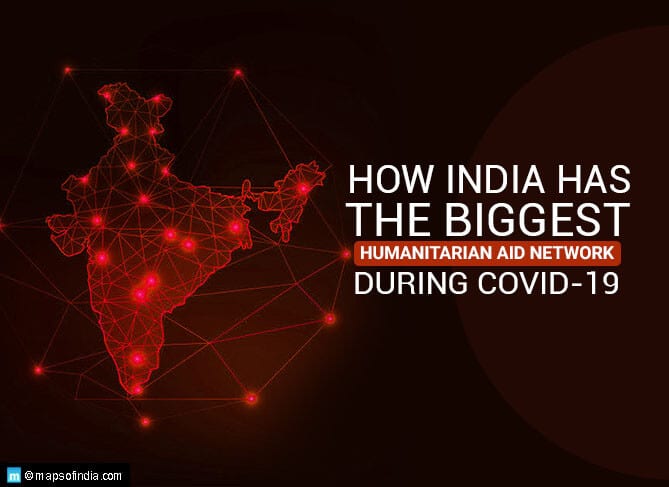After the fratricidal war of Kurukshetra is over and Yudhisthira is anointed king, he conducts sacrifices and community feasts to feed the hungry and poor in his kingdom. During one of these events, a mongoose, half of whose body is golden, enters the arena and rolls about on the ground. When questioned, it states that it was testing if Yudhisthira was truly charitable or not, and narrates the story of a poor Brahmin and his family, who sacrificed their frugal meal to feed a mendicant. When the mongoose rolled about in the dust of the Brahmin’s house, half of its body turned golden. Since then, it has been on the look out for an act of charity similar in merit to that of the Brahmin, but has failed to find it even at the Pandavas’ abode.
As seen in this story from the Mahabharata, the act of giving, treating others’ pain as yours, helping others at the cost of one’s own wellbeing has been held in high regard, and even as an essential part of one’s existence to this day. However, in the recent past, in the wake of economic liberalisation and rise in capitalism, wealth acquisition and hankering after a six figure salary took precedence over other activities and philanthropy took a back seat temporarily.
Multinational companies
But today the trend is again changing, with recent studies showing that young individuals are contributing more than before towards a worthy cause. The multinational companies which employ them have also got into the act, especially after 1980s when a responsibility towards societal wellbeing was emphasised upon both by State agencies as well as by some of the major companies themselves. Thus was born the phenomenon of Corporate Social Responsibility, wherein companies earmark a part of their profit, usually to the tune of 8-15% towards social upliftment. The Infosys Foundation and the Tata Group belong to this category of philanthropists.
I discussed this phenomenon with a relative of mine who works as a social worker in deprived areas involving children and schools. He mentioned that most of the corporates, especially the smaller ones, tend to look after the welfare of one of the Government schools. This may simply involve distributing stationery and books to the students, an activity which is easier for the company to implement, as opposed to undertaking large-scale developmental activities.
The NGOs
The Non-Governmental Organisations (NGOs) form a major chunk of the remainder of the philanthropic pie. There is no dearth of NGOs set up for a particular cause – environment, women’s upliftment, caring for the girl child, education, health, animal rights, human rights, and several more issues are covered by various NGOs, some of which are doing a sterling job in their chosen field.
Then there are the religious institutions and faith-based philanthropic organisations, some of which cater to the needs of a specific caste or religion. However, there are also those who do not discriminate based on a person’s birth and quietly and efficiently carry out their emancipatory work. The Akshaya Patra programme, run by ISKCON, is doing a wonderful job of providing mid-day meals to children of more than 10,000 schools across India.
Finally, it also comes down to the individual. There have been a number of luminaries who have undertaken philanthropic activities as a call of duty and with a genuine sense of empathy. According to the Hurun Report Inc’s India Philanthropy List of 2013, Azim Premji topped the list of donors with some of the others on the list being Shiv Nadar, GM Rao and Nandan Nilekani. There are, of course, a number of less well recognised and unsung individuals who carry out their philanthropic activities in their local communities, towns and villages.
Need for meaningful philanthropy
Is philanthropy required in India, in the present context of a rising economy and India’s status as an emerging global superpower?
One would do well to remember that despite the rapid economic strides achieved by India over the past three decades, the development has been lopsided at best, with the poor and marginalised remaining poor or becoming even poorer, and the rich having multiplied their wealth by several folds. This widening gap has resulted in a deep sense of resentment among those who have missed the developmental bus, which is often reflected in the rise in crime, sexual assaults, cases of fraud and scams.
With India’s burgeoning population threatening to create a disparity between available resources and satisfying its hungry millions, with the rural population migrating to towns and cities in search of higher income, and with the deprived sections of society remaining vulnerable to ill-health and exploitation, the need of the hour is meaningful philanthropy undertaken as a collective social responsibility. Capacity building of the target group and encouraging socio-economic independence should be the goal of every philanthropic organisation.




